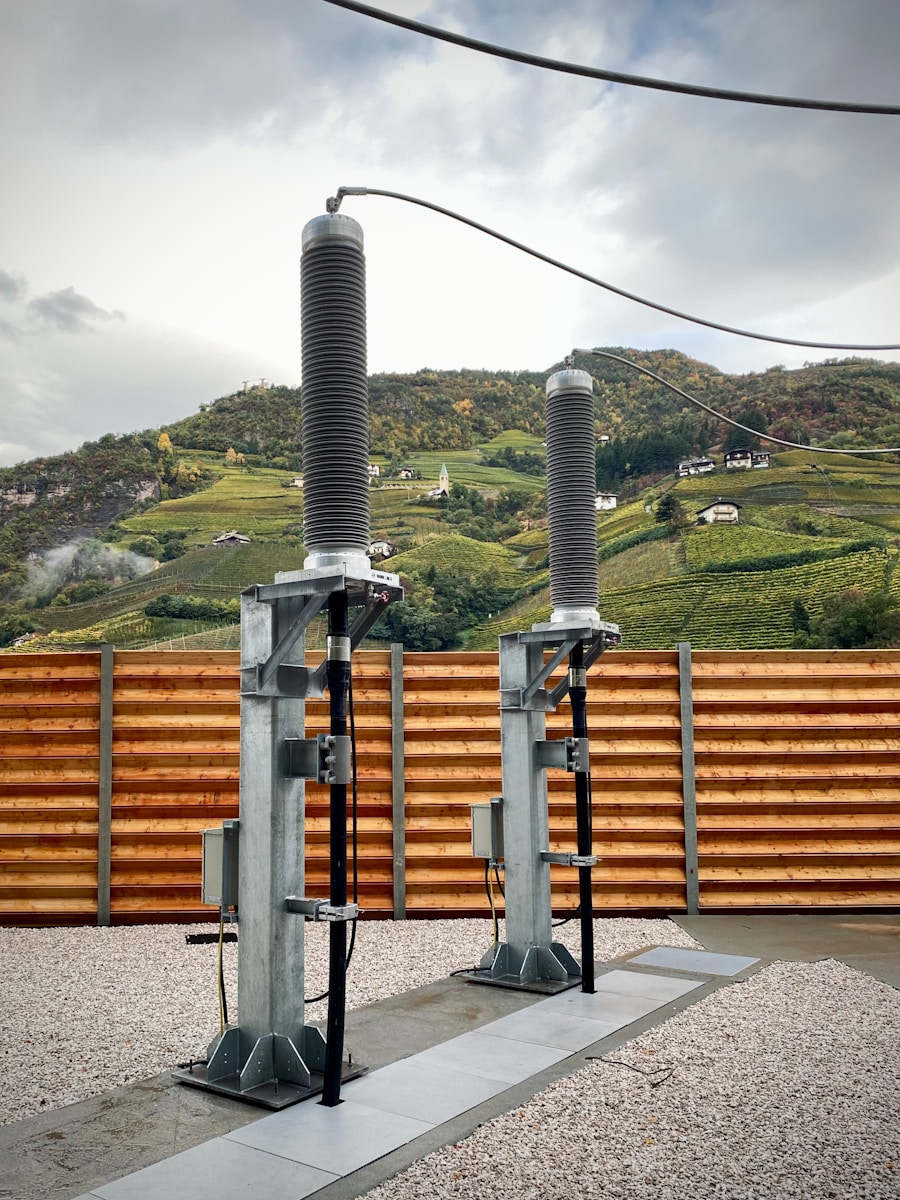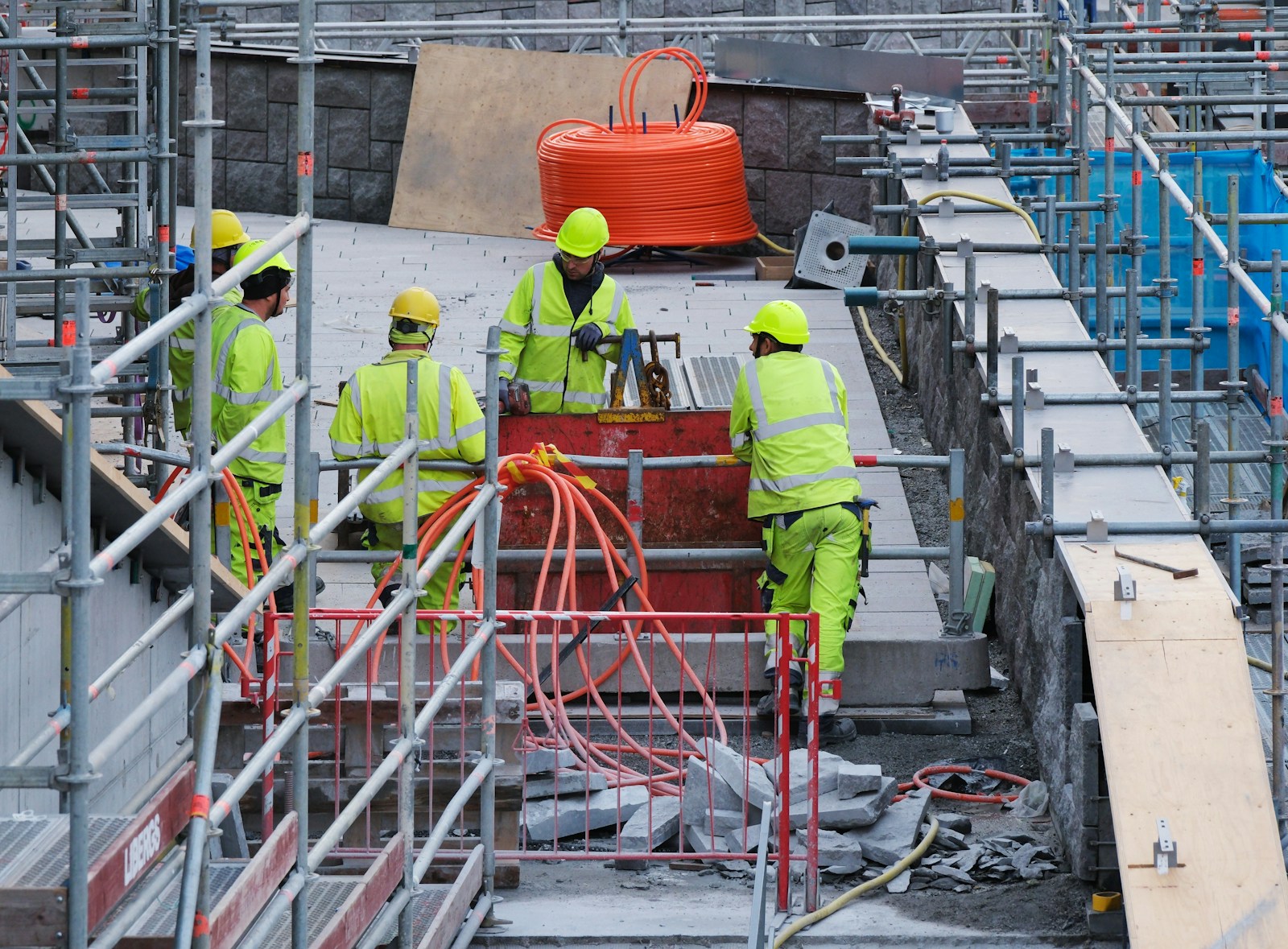When a mining company faces union negotiations during a safety overhaul, or an oil refinery needs to discuss new shift patterns while maintaining 24/7 operations, the stakes couldn’t be higher. In these high-risk industries, union negotiations demand more than just bargaining skills—they require a deep understanding of safety protocols, regulatory compliance, and operational continuity. This guide explores proven methods to navigate these complex negotiations while ensuring both workforce satisfaction and operational excellence.
1. Preparation is Key: Setting the Foundation for Success
Before entering the negotiation room, thorough preparation can mean the difference between success and costly deadlock. Consider the case of a major chemical plant that successfully negotiated new safety protocols by preparing comprehensive data on industry standards and incident rates.
Research and Analysis
- Conduct detailed analysis of past agreements and their outcomes
- Review safety incidents and near-misses from the past 3-5 years
- Benchmark against industry standards for wages, safety measures, and working conditions
- Prepare detailed financial impact assessments of various scenarios
Understanding Union Priorities
Rather than assuming union positions, invest time in understanding their specific concerns. For example, when a steel manufacturer anticipated union concerns about automation, they prepared detailed retraining programs and job security guarantees before negotiations began.
Building Your Negotiation Team
Select team members who bring both technical expertise and strong communication skills:
- Industrial relations specialist
- Safety compliance officer
- Operations manager
- Legal counsel
- Financial analyst
2. Establishing Trust Through Transparency
Trust-building starts long before formal negotiations. One offshore drilling company maintained operations during complex negotiations by establishing monthly joint management-union safety committees six months before contract discussions began.
Effective Communication Strategies
- Share relevant safety and operational data proactively
- Maintain regular updates on industry challenges and company performance
- Create forums for open dialogue outside formal negotiations
- Document and follow up on all commitments made
Building Credibility
Demonstrate commitment to mutual success through actions:
- Implement agreed-upon safety measures promptly
- Address grievances systematically
- Share success stories of joint initiatives
- Maintain consistent communication channels
3. Technology and Documentation: Modern Tools for Complex Negotiations
Today’s negotiations require sophisticated tools to track agreements and ensure compliance.
Digital Solutions
- Use secure digital platforms for document sharing and tracking
- Implement project management tools to monitor agreement implementation
- Maintain digital records of all meetings and commitments
- Utilize data analytics to support decision-making
Documentation Best Practices
- Record all meetings with detailed minutes
- Maintain searchable archives of past agreements
- Create clear implementation timelines
- Track progress through digital dashboards
4. Handling Critical Moments in Negotiations
When tensions rise, skilled negotiators know how to maintain progress. During a recent port facility negotiation, mediators successfully resolved a deadlock by breaking down complex safety protocols into manageable phases.
De-escalation Strategies
- Focus on shared goals, particularly workplace safety
- Use data to move discussions from emotional to factual
- Take strategic breaks when tensions rise
- Employ third-party mediators when needed
Finding Creative Solutions
Example: A chemical plant resolved a seemingly impossible impasse over shift patterns by creating a hybrid schedule that satisfied both safety requirements and worker preferences.
5. Implementation and Follow-through
Success extends beyond the signing of agreements. A metropolitan transit authority maintained positive union relations by establishing joint implementation committees for their new safety protocols.
Key Implementation Steps
- Create detailed implementation timelines
- Assign clear responsibilities
- Establish regular review meetings
- Set up feedback mechanisms
Monitoring and Adjustment
- Track key performance indicators
- Conduct regular compliance audits
- Adjust implementation plans based on feedback
- Document successes and lessons learned
Conclusion: Building Long-term Success
Successful union negotiations in high-risk industries require more than just negotiation skills—they demand a comprehensive approach that combines preparation, trust-building, and effective implementation. Organisations that master these elements create safer workplaces and stronger labour relations.
Ready to enhance your negotiation strategy? Start by assessing your current preparation processes and identifying areas for improvement. Consider bringing in experienced industrial relations consultants to strengthen your approach and ensure compliance with evolving safety standards.
Remember: In high-risk industries, successful union negotiations aren’t just about reaching agreements—they’re about building partnerships that enhance safety, productivity, and workplace satisfaction for years to come.













0 Comments